Terraced retaining walls and in-wall planters can create more usable space, tame slopes, build raised gardens and will give your yard a more aesthetic look.
Consider what will fill the space between terraced retaining walls. Will it be used for plantings, filled with decorative rock or covered with sod? Terraced retaining walls provide built-in edging that minimizes trimming and maintenance. Design the shape of terraced retaining walls to compliment the surrounding architecture and landscape to create a beautiful outdoor living environment.
Landscape designs are often more attractive when they include smaller, terraced/tiered, or in-wall planters rather than one large retaining wall. Terraced retaining walls can create more usable space, build raised gardens, help prevent erosion and add interest to your landscape.
The most important element in building terraces is soil compaction. Building on poor, uncompacted soil will result in settling of the upper retaining walls. Although lower terraced walls are typically built on solid ground, upper walls are often built on soils that have been disturbed in the construction process. To ensure the stability of these soils, they should be removed down to solid ground and carefully reinstalled and compacted.
To achieve proper compaction there are two different methods that work well. One way is to remove soft or poor soil and replace them with wall rock and compact in 8 in. (200 mm) lifts. Another way is to compact the soils in shorter lifts. When using infill or approved on-site soils, we recommend no more than a 4 in. (100 mm) lift. Good compaction is the key to minimizing settlement over time.
Other areas that will require engineering are:
- Slopes above or below retaining walls
- Retaining walls closer that 2 times the height of the lower wall
- Presence of ground water
- Surcharges
- Bad soils
